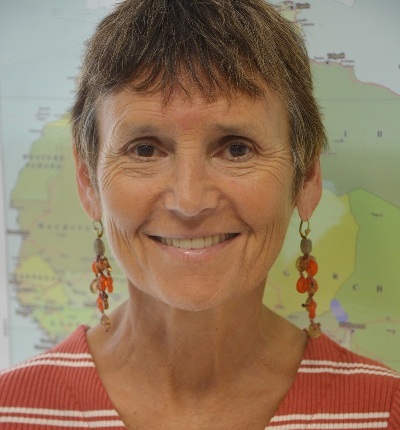
Pamela Pozarny, Senior Rural Sociologist, Food and Agriculture Organization
By Pamela Pozarny
Analysts have projected mild to severe reductions in global economic growth resulting from the COVID-19 pandemic, possibly resulting in decrease by half – from 3 percent to 1.5 percent. With this prediction, the number of poor would increase 2 percent, an addition of 14 million people in poverty – and up to 22 million under disrupted trade channel conditions, with food insecurity and malnutrition as an integral outcome.
It is further estimated (through simulations) that developing countries could experience even more severe impacts, should international trade disruptions ensue– Africa projected to be hardest hit by possible trade shocks given its high dependency on global and regional trade.
Disruption in global and national food and supply chain processes has potentially wide and deep adverse direct and indirect effects on household income, food security and nutrition, especially among the rural poor and vulnerable.
And impacts of the pandemic in health and revenue streams will not affect the population equally – potentially leaving those most vulnerable, marginalized, with low and insecure income sources and forms of employment, most exposed, turning to negative coping strategies. At the same time, those living close to or only marginally above the poverty line are also at high risk, and may fall rapidly into conditions of vulnerability.
In a continent already heavily skewed by persistently high poverty rates, representing 70 percent of the world’s poorest, totalling 422 million people often exposed to chronic episodes of risks and shocks such as climatic and conflict, vulnerability of the population is high, and particularly the rural population. An estimated 27 percent of the population is food insecure.
The exposure to the negative direct and indirect impacts of the pandemic on an already strained rural context in terms of poverty and food security leaves African countries in a critical situation, which must be rapidly addressed. Urgently, both prevention and protection measures to mitigate negative effects of COVID-19 are therefore absolutely vital in Africa.
Scaling up, adapting and innovating social protection and safety net systems, covering social assistance, social insurance coverage, and labour support, and combining this with complementary measures, notably strengthening food and nutrition security – in both the immediate and longer term – is critical to protect those most affected and vulnerable to pandemic impacts and to promote and recover livelihoods.
There are a myriad of strategies to adapt existing social protection systems to respond to COVID-19 impacts, of which cash transfer is most widely used globally (35.6 percent within all social assistance programmes). Adaptive options tailored to the contexts of the national and regional landscapes, socioeconomic livelihoods and conditions of given populations and households will be critical.
Innovative response measures include for example expanding social assistance coverage, introducing universal basic coverage schemes, increasing transfer values, adapting delivery modalities, such as digital/e-payment tools, linking information registries to strengthen targeting approaches, transforming cash to vouchers for inputs or food rations, introducing food banks, relaxing conditionnalities, temporarily lifting work requirements on public work schemes, adapting and expanding agricultural and food subsidies, linking transfers to other local and comprehensive services – concerning health and nutrition care, among other measures.
Adapting school meal programmes is particularly important given the temporary closure of schools. Innovative responses include home delivery of food items, providing food at central locations for pick up, conversion of meals into cash equivalents.
In whichever situation, it is important whenever possible to build on existing national systems, with government leadership. A global response however is essential to confront the global pandemic, for Africa, supported through strong partnerships and active technical and resource assistance. (End)
* By Pamela Pozarny, Senior Rural Sociologist, Food and Agriculture Organization
